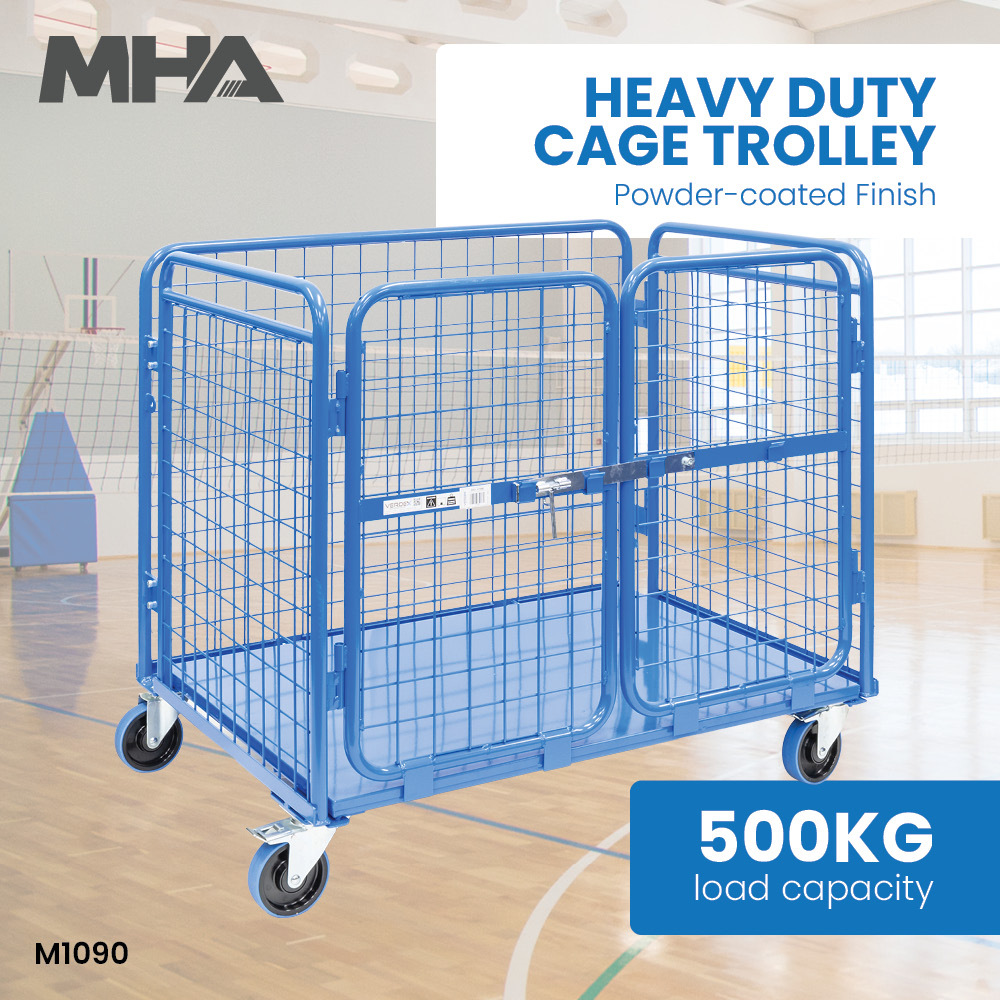Cage Trolleys - Buyer's Guide
Date Posted:18 June 2024
Key considerations when selecting a trolley include load capacity, construction material, mobility, design flexibility, dimensions, and additional features like foldable bases and removable shelves.
Cage trolleys are an essential tool for a variety of industries, providing a secure and efficient way to transport and store goods. Whether you are in warehousing, retail, or logistics, a cage trolley can enhance your operational efficiency. Here's a comprehensive guide to help you choose the right cage trolley for your needs.
Key Features to consider:
Load Capacity
Heavy Duty Cage Trolleys: Ideal for transporting large volumes of goods. These trolleys can typically handle a load capacity of up to 500 kg, making them suitable for industrial use.
Light to Medium Duty Trolleys: Suitable for lighter loads, these are perfect for retail or office environments where heavy-duty capability is not required.
Construction Material
Steel Construction: Offers durability and strength, ensuring the trolley can withstand heavy and continuous use.
Powder Coated Finish: Provides additional protection against rust and corrosion, enhancing the lifespan of the trolley.
Mobility and Wheels
Castors: Look for trolleys with high-quality rubber castors. A combination of swivel castors and swivel castors with brakes provides both mobility and stability. Typically, castors are 125mm in diameter, which balances ease of movement with stability.
Brake Systems: Essential for safety, especially when loading and unloading in busy environments.
Design and Flexibility
Foldable Base: A foldable base is crucial for compact storage, allowing multiple trolleys to be stored efficiently when not in use.
Removable Shelves: Optional heavy-duty removable shelves can add versatility, allowing for customized storage solutions based on your specific needs.
Doors and Roof: Provides added security for the items being transported, protecting them from falling out or external damage.
Dimensions and Capacity
Shelf Size: Typically, shelves measure around 1020x750mm, providing ample space for various items.
Overall Size: Common dimensions for a heavy-duty cage trolley are 1100x850x1700mm, which offers a good balance between capacity and maneuverability.
Shelf Capacity: Ensure the shelves can support at least 125 kg each to accommodate various goods without compromising the trolley's integrity.
Additional Features
Signboard Area: Useful for labeling and organizing goods, making it easier to manage inventory.
Ergonomic Design: Consider trolleys with features like ergonomic handles for comfortable use over extended periods.
Choosing the Right Trolley
- Assess Your Needs: Determine the primary use of the trolley. For instance, if you need to transport heavy goods regularly, opt for a heavy-duty model with a high load capacity and robust construction.
- Space Considerations: If storage space is limited, a trolley with a foldable base will be beneficial. Ensure the trolley's dimensions fit within your operational space.
- Safety Requirements: If the trolley will be used in environments where stability is crucial, such as on inclines or uneven surfaces, prioritize models with reliable brake systems and sturdy construction.
- Budget: Higher quality and additional features often come at a higher price. Balance your budget with the necessary features to ensure you get the best value for your investment.
Your decision
Cage trolleys are indispensable for efficient goods transportation and storage in various industries. Key considerations when selecting a trolley include load capacity, construction material, mobility, design flexibility, dimensions, and additional features like foldable bases and removable shelves. By evaluating your specific needs and balancing them with budget considerations, you can choose a trolley that enhances operational efficiency and meets safety requirements. High-quality cage trolleys offer durability, versatility, and ease of use, making them a valuable investment for any business.




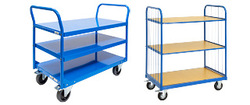

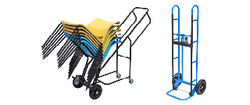


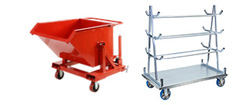
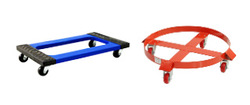
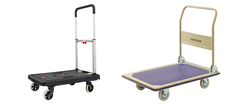
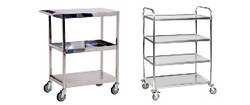

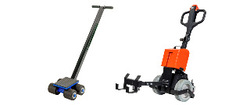
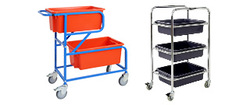
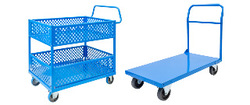
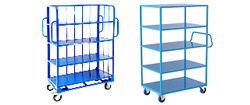
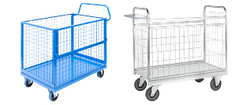
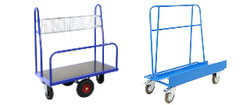
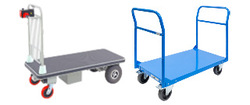
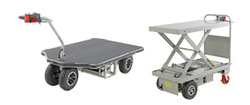

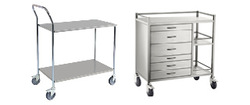
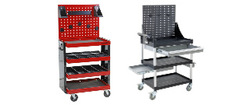
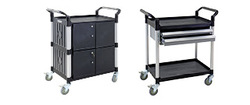
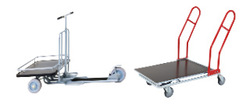
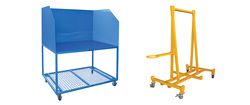



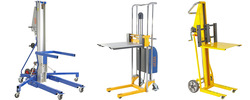



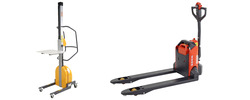
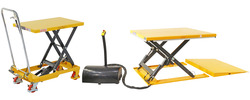
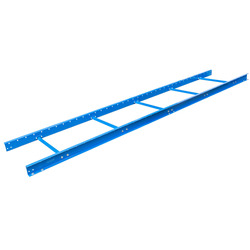
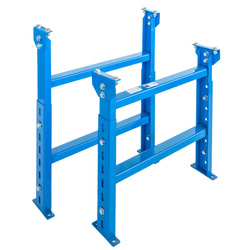

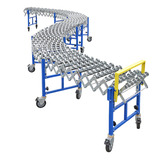




















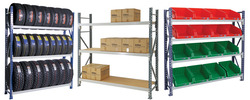
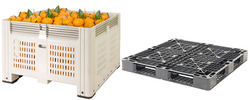
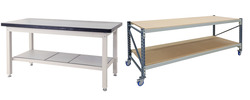
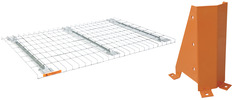
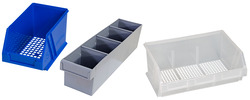

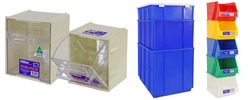

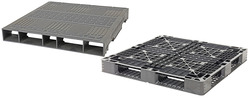
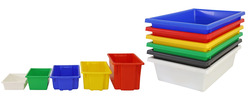
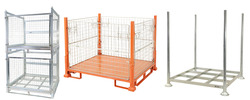

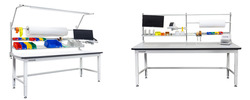

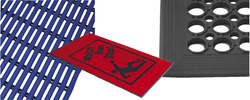
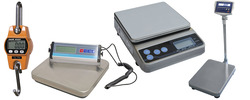



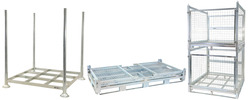
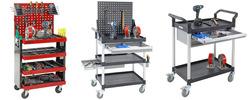
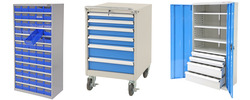
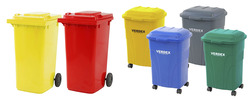
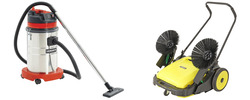











 Trolleys / Hand Trucks
Trolleys / Hand Trucks 2 Tier Trolleys
2 Tier Trolleys 3 Tier Trolleys
3 Tier Trolleys Aluminium Trolleys
Aluminium Trolleys Appliance & Hand Trucks
Appliance & Hand Trucks Cage Trolleys
Cage Trolleys Cleaning Carts & Trolleys
Cleaning Carts & Trolleys Construction Trolleys
Construction Trolleys Dollies
Dollies Foldable Trolleys
Foldable Trolleys Hospital Trolleys
Hospital Trolleys Laundry/Linen Trolleys
Laundry/Linen Trolleys Load Skates & Tow Tugs
Load Skates & Tow Tugs Mail / Office Trolleys
Mail / Office Trolleys Multi Purpose Trolleys
Multi Purpose Trolleys Multi-Tier Shelf Trolleys
Multi-Tier Shelf Trolleys Order Picking Trolleys
Order Picking Trolleys Panel Cart Trolleys
Panel Cart Trolleys Platform Trolleys
Platform Trolleys Powered Trolleys
Powered Trolleys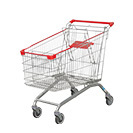 Shopping Trolleys
Shopping Trolleys Stainless Steel Trolleys
Stainless Steel Trolleys Tool Trolleys
Tool Trolleys Utility Carts
Utility Carts Warehouse Trolleys
Warehouse Trolleys Custom Trolleys
Custom Trolleys Lifting Equipment
Lifting Equipment Forklift Attachments
Forklift Attachments Jib Attachments
Jib Attachments Lifting Hoists & Pallet Hooks
Lifting Hoists & Pallet Hooks Manual Stackers & Lifters
Manual Stackers & Lifters Pallet Jacks
Pallet Jacks Pallet Lifters
Pallet Lifters Pallet Rotators & Dispenser
Pallet Rotators & Dispenser Powered Pallet Trucks & Electric Lifters
Powered Pallet Trucks & Electric Lifters Scissor Lift Trolleys and Tables
Scissor Lift Trolleys and Tables Conveyor Equipment
Conveyor Equipment Conveyor Frames
Conveyor Frames Conveyor Stands
Conveyor Stands Roller Conveyors
Roller Conveyors Skate Wheel Conveyors
Skate Wheel Conveyors Access Equipment
Access Equipment Container & Yard Ramps
Container & Yard Ramps Step Stools & Ladders
Step Stools & Ladders Work Platforms & Crane Cages
Work Platforms & Crane Cages Drum Handling
Drum Handling Drum Storage & Bunding
Drum Storage & Bunding Drum Trolleys & Lifters
Drum Trolleys & Lifters Forklift Drum Handling
Forklift Drum Handling Containment & Spillage
Containment & Spillage Aerosol Cans Storage Cages
Aerosol Cans Storage Cages Bunded Pallets & Storage
Bunded Pallets & Storage Corrosive Goods Storage Cabinets
Corrosive Goods Storage Cabinets Flammable Liquid Cabinets
Flammable Liquid Cabinets Forklift Gas Storage Cages
Forklift Gas Storage Cages Gas Cylinder Storage
Gas Cylinder Storage Site Storage
Site Storage Spill Kits
Spill Kits Stillage Cages
Stillage Cages Waste Handling
Waste Handling Bin Lifters & Tippers
Bin Lifters & Tippers Plastic Waste Bins and Carts
Plastic Waste Bins and Carts Steel Waste and Tipping Bins
Steel Waste and Tipping Bins Storage Equipment
Storage Equipment 750 Series Cage Configurations
750 Series Cage Configurations Heavy Duty Cabinets & Benches
Heavy Duty Cabinets & Benches Heavy Duty Shelving
Heavy Duty Shelving Mega Bins & Pallets
Mega Bins & Pallets Packing Benches
Packing Benches Pallet Racking Accessories
Pallet Racking Accessories Parts Trays & Stor-Pak Bins
Parts Trays & Stor-Pak Bins Pegboard & Louvre Panels
Pegboard & Louvre Panels Plastic Bins
Plastic Bins Plastic Handling Solutions Bins
Plastic Handling Solutions Bins Plastic Pallets
Plastic Pallets Stack & Nest Bins
Stack & Nest Bins Storage Cages
Storage Cages Workplace Equipment
Workplace Equipment Workbenches
Workbenches Modular Workbenches
Modular Workbenches Electric Height-Adjustable Workbenches
Electric Height-Adjustable Workbenches Floor Matting
Floor Matting Industrial Weighing Scales
Industrial Weighing Scales Pallet Wrapping & Packaging Machinery
Pallet Wrapping & Packaging Machinery Ramps
Ramps Stationery Cupboards
Stationery Cupboards Storage and Stillage Cages
Storage and Stillage Cages Tool Trolleys
Tool Trolleys Tooling Cabinets
Tooling Cabinets Wheelie Bins
Wheelie Bins Workshop Equipment
Workshop Equipment Safety Equipment
Safety Equipment Gloves and PPE
Gloves and PPE Pallet Rack Post Protectors
Pallet Rack Post Protectors Safety Barriers & Bollards
Safety Barriers & Bollards Safety Knives & Cutters
Safety Knives & Cutters Signs and Traffic Supplies
Signs and Traffic Supplies Tool & First Aid Boxes
Tool & First Aid Boxes Construction Equipment
Construction Equipment Concrete Equipment
Concrete Equipment General Site Equipment
General Site Equipment Lifting Equipment
Lifting Equipment Site Storage
Site Storage Waste
Waste 

